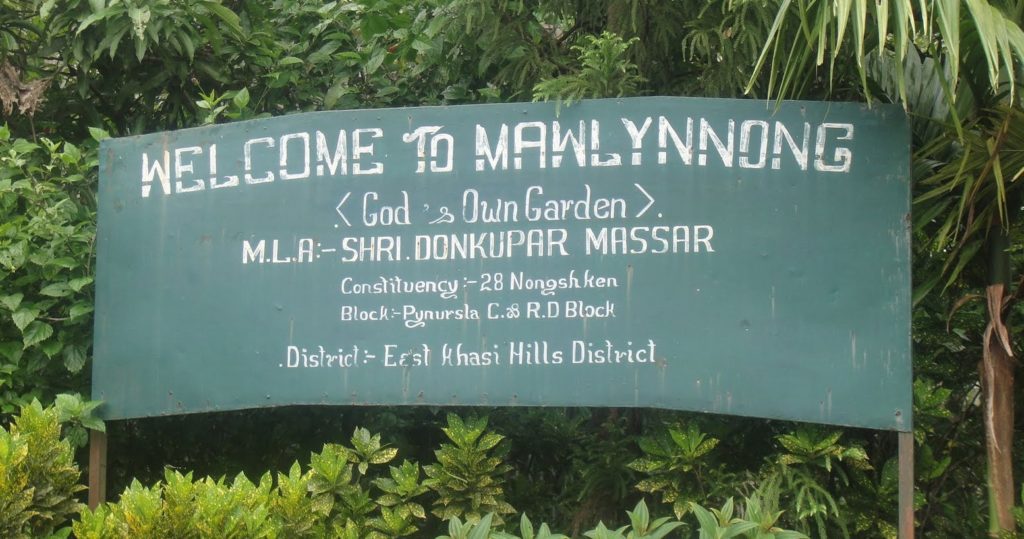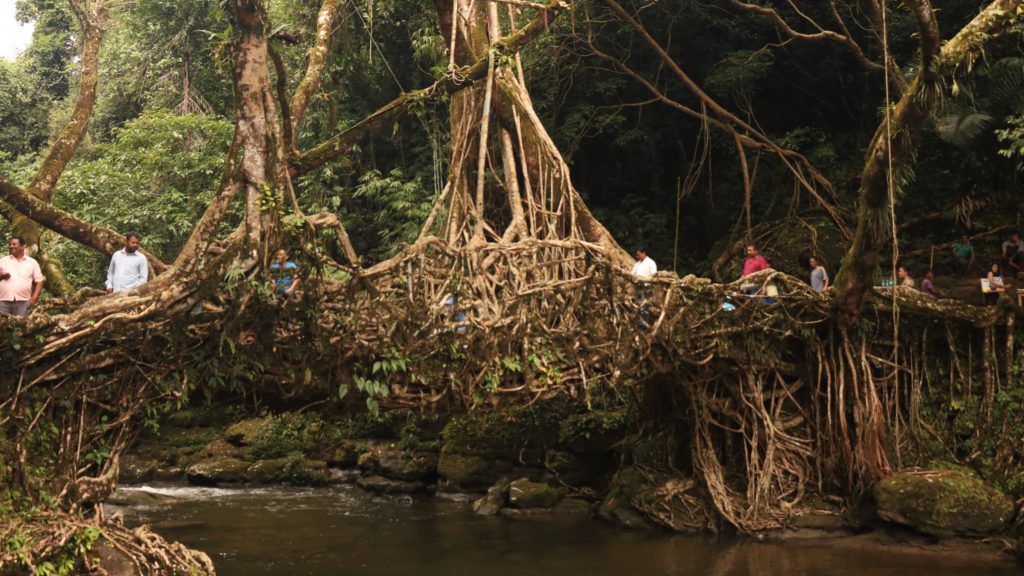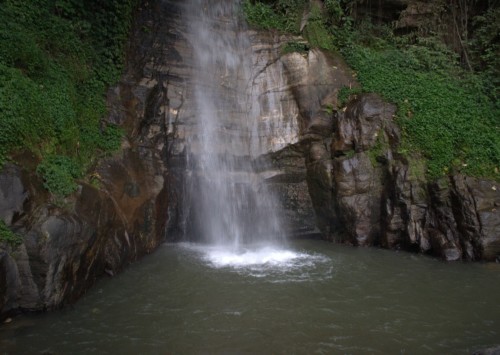God’s own Garden –Mawlynnong
Encapsulated in the mystic clouds of Meghalaya in the northeast, Mawlynnong, a hamlet with merely 82 households is deemed the cleanest village in India – an eco-tourism initiative garnering a lot of curiosity worldwide.
The village and its unsoiled beauty is perhaps the best example of sustainable initiatives on the premise of conserving doctrines laid down by global tourism bodies. While the tendency of travelling to offbeat destinations is on a surge, this small village remains an epitome of tourism being a key driver of socio-economic progress. The villagers would quite fittingly call this parish as ‘God’s own garden’ and visitors can immediately feel the vibe once they step in.
A 90 kilometre drive from Shillong, the capital of Meghalaya overlooking the Sohra Plateau is nothing less than a walk in the clouds. Visibility remains low most of the time as vehicles would keep their lights on while climbing the twisted boulevards to the village. The commune in Mawlynnong has been instrumental in maintaining the ambience of this litter-free village; rather using the waste as manure for cultivation.
The dwellers of the village take the onus of keeping the place clean, and activities like picking up leaves and throwing garbage in the bin is a very common sight. Bamboo garbage bins adorn every nook and corner of the village, highlighting the consciousness of cleanliness among the villagers. Now the village, which also boasts of cent percent literacy rate, is on a mission to ban plastic and conserve forest making it one of the hubs of environment conscious souls in the country.
For a quintessential traveller seeking to gauge the touristic offerings of Mawlynnong, the village provides an assortment of panoramic sights including the close ones from the village and the distant ones from the Indo-Bangladesh border. In addition, a trek to the Living Root Bridge at neighbouring Riwai along with the sight of a strange natural phenomenon of a boulder balancing on another rock can satiate the whims and fancies of a trekker in heart. The Living Root Bridge especially is a natural wonder that one can experience. The roots of two rubber trees have intertwined to form a bridge over one of the water bodies flowing downstream. Carbon dating reveals that the bridge is in the making over the last 1100 years.
Drawing a lot of attention, especially from the Europeans, the quaint little hamlet remains an adobe for peace-seekers. Though residential facilities are scarce, the existing ones made of bamboo and thatch are quite cosy and homely to say the least. A stay in this village at least for a day is a must to absorb and transcend the hallowed locality. A morning choir, colourful gardens, jolly folks, the cloud-drenched streets and the unblemished locales would definitely remain the most memorable takeaways for any nature enthusiast planning to explore this unique part of Meghalaya.















